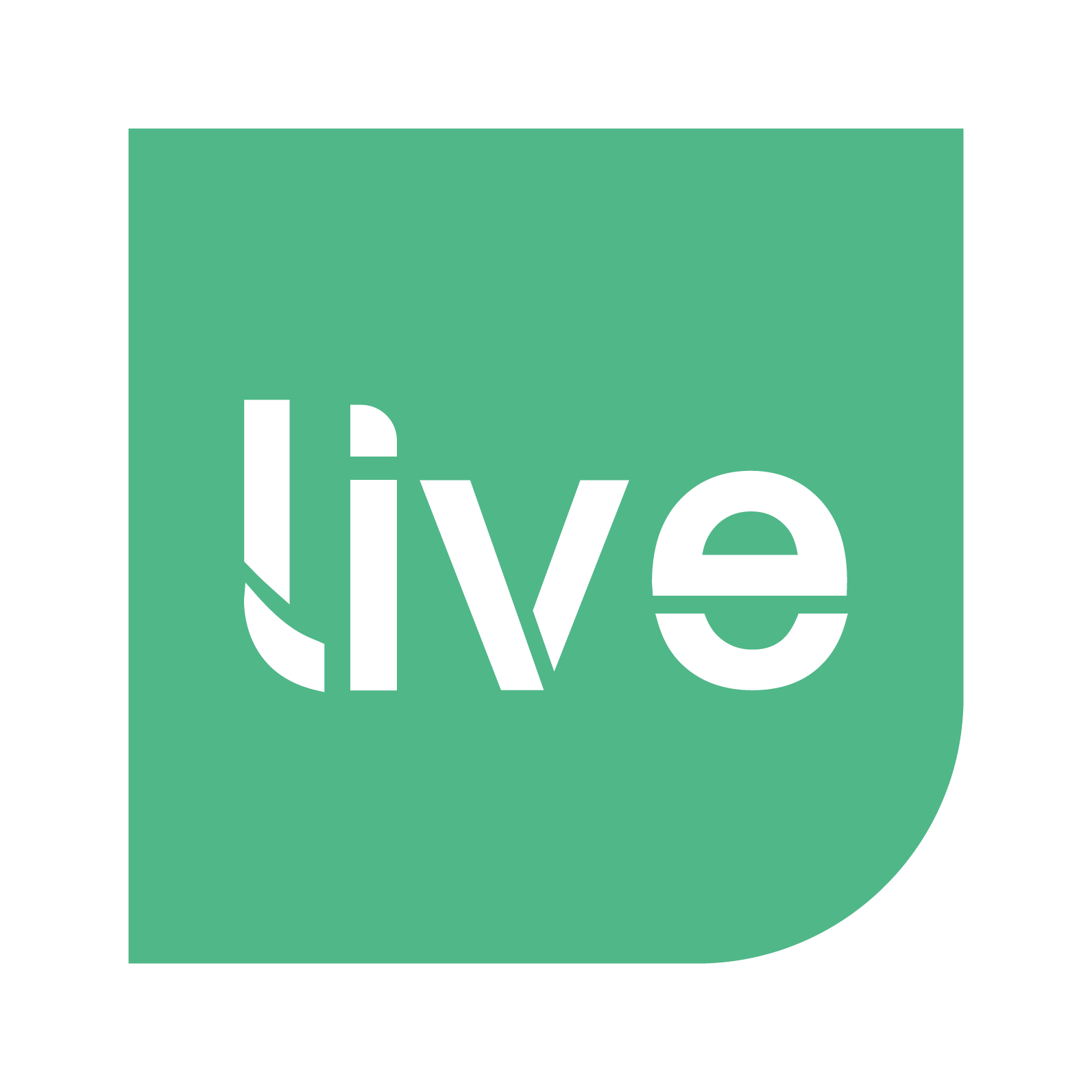
SaaS Recruitment Solutions: Building Teams That Scale With Your Product
Software-as-a-Service (SaaS) isn’t just a delivery model anymore – it’s the dominant business architecture of modern software. Whether you’re a bootstrapped start-up or a £50m-revenue scale-up, success now depends on finding people who can ship product at pace, retain customers, and optimise recurring revenue – all while keeping cloud infrastructure secure, compliant, and cost-efficient.
In 2025, SaaS recruitment has become both a strategic differentiator and a serious challenge. The competition for experienced engineers, growth marketers, and product specialists is global; remote work has blurred borders, and investor expectations demand faster value delivery.
This article explores the state of SaaS hiring in 2025, why the skills gap is widening, what employers must prioritise when scaling, and how Live Digital’s specialist recruitment solutions can help you build teams that truly scale with your product.
The SaaS landscape in 2025: growth, evolution, and hiring pressure
A maturing but fiercely competitive market
SaaS remains one of the UK’s fastest-growing technology segments. Despite tighter capital and rising acquisition costs, demand for B2B and B2C cloud software continues to outpace traditional software categories. Global SaaS revenues are forecast to surpass $282 billion in 2025, with UK-based companies representing over 10 % of European SaaS investment activity.
However, the market has changed. Investors now demand efficient growth – disciplined CAC/LTV ratios, strong retention, and operational resilience. That shift places new emphasis on Revenue Operations, Customer Success, and Product-Led Growth (PLG) talent – roles that didn’t even exist a decade ago.
The SaaS talent paradox
While demand for digital products and cloud solutions is surging, the supply of experienced SaaS professionals is tightening. Engineers fluent in cloud architecture, data security, and API integration remain scarce.
On the commercial side, growth marketers and sales engineers who can navigate complex buying journeys (security, procurement, compliance) are in equally short supply.
Even leadership roles – Chief Product Officers, Heads of Growth, and Customer Success Directors – are under-represented compared to demand.
What makes SaaS hiring unique
Recruiting for SaaS companies isn’t just about finding people who can code or sell software; it’s about hiring those who understand recurring revenue economics and product-market feedback loops.
1) Recurring revenue mindset
In SaaS, every customer is an ongoing relationship, not a one-off sale. This requires cross-functional collaboration between product, sales, and marketing teams to align retention and expansion metrics. The best hires understand customer lifetime value (LTV), churn drivers, and user behaviour analytics.
2) Product-led growth and data literacy
Modern SaaS teams operate in data-rich ecosystems – from CRM systems like Salesforce to analytics stacks built on Looker or Tableau. Candidates must be comfortable working with data to inform product decisions and customer engagement. A data-literate culture is now as important as technical fluency.
3) Global scalability and security
Cloud infrastructure (AWS, Azure, GCP) has unlocked borderless growth but introduced new risks: multi-tenant data exposure, regulatory compliance (GDPR, ISO 27001, SOC 2), and localisation challenges. Engineering and DevOps talent with compliance awareness are invaluable.
4) Speed with governance
SaaS thrives on speed, but not at the cost of quality. As funding tightens, companies need hires who can deliver fast and ensure maintainability. Agile experience, version-controlled CI/CD pipelines, automated testing, and cost-aware deployment skills are baseline requirements.
The most in-demand SaaS roles in 2025
SaaS recruitment trends reveal consistent demand across three pillars – product, engineering, and growth – with increasing crossover between technical and commercial functions.
Product & Strategy
- Product Managers / Product Owners – Translate user feedback and commercial strategy into prioritised roadmaps; bridge business, UX, and engineering.
- UX Researchers & Designers – Deliver seamless onboarding, self-serve flows, and data-driven interface optimisation.
- Technical Product Managers – Manage APIs, developer platforms, and integrations with external ecosystems.
Engineering & Operations
- Full-Stack Developers – Skilled in modern frameworks (React, Node.js, Python, TypeScript) with experience in scalable microservices.
- DevOps / Platform Engineers – Build secure, automated deployment pipelines; monitor system reliability and cost.
- Cloud Architects – Design multi-tenant systems, manage cloud spend, and ensure compliance with regional regulations.
- Data Engineers & Scientists – Transform usage data into retention insight, pricing models, and feature prioritisation.
- QA Automation Engineers – Guarantee product stability and release cadence through automated test coverage.
Growth & Retention
- Revenue Operations Specialists (RevOps) – Integrate CRM, marketing automation, and billing systems to create visibility across the funnel.
- Customer Success Managers (CSMs) – Drive adoption, renewal, and expansion by blending product knowledge with relationship management.
- Performance / Growth Marketers – Optimise paid and organic channels for trials, conversions, and retention.
- Sales Engineers & Solutions Consultants – Bridge technical credibility with consultative selling to close enterprise deals.
- Content Marketers & Demand Gen Managers – Develop thought leadership and campaigns that position SaaS brands as category leaders.

Leadership & Strategy
- Head of Product / VP Product – Own strategic roadmap and alignment with revenue goals.
- Chief Technology Officer (CTO) – Define architectural principles, security, and scale strategy.
- Chief Revenue Officer (CRO) – Integrate sales, marketing, and customer success under unified revenue accountability.
Skills defining top SaaS talent in 2025
- Data-driven decision-making – Understanding analytics, experimentation, and cohort analysis is fundamental.
- Customer empathy and lifecycle understanding – Awareness of how onboarding, activation, and support influence churn.
- Security and compliance literacy – Familiarity with GDPR, ISO 27001, and SOC 2 frameworks.
- Cross-functional communication – Ability to align engineers, designers, and commercial teams around shared metrics.
- AI & automation fluency – Using AI for customer success chatbots, sales automation, or predictive retention analytics.
- Scalable architecture knowledge – Understanding of multi-tenant architecture, API management, and integration resilience.
- Adaptability and resilience – Comfort with pivoting between growth phases: from MVP to scale-up to maturity.
Challenges SaaS employers face
1) Competition for hybrid skillsets
Candidates with overlapping expertise – for example, a Product Manager who codes or a Growth Marketer who analyses SQL – command premium salaries and vanish quickly from the market.
2) Remote fatigue and cultural cohesion
While hybrid work offers reach, building culture and accountability across time zones is hard. SaaS companies need leadership that can scale communication and maintain belonging.
3) Retention in a fluid market
The best SaaS professionals are frequently approached by global recruiters. Firms that lack clear progression frameworks and learning budgets risk churn at the worst possible time – mid-scale.
4) Diversity and inclusion gaps
Despite rhetoric, women and minority representation in technical SaaS leadership remains disproportionately low. Inclusive hiring and unbiased shortlisting are vital for innovation and compliance.
How Live Digital’s SaaS recruitment solutions help
Live Digital specialises in recruiting across the SaaS ecosystem, from early-stage start-ups to established scale-ups expanding globally. Our model blends sector expertise, data-driven sourcing, and relationship-led hiring – delivering talent who understand both product velocity and customer trust.
1) Domain-specific talent mapping
We maintain curated networks across SaaS sub-domains – FinTech, HealthTech, MarTech, and B2B enterprise platforms. Our mapping identifies active and passive talent aligned with your tech stack, ARR stage, and market vertical.
2) Competency-based shortlisting
Every shortlist is built on structured scoring, assessing not just skill but SaaS fluency – familiarity with subscription metrics (ARR, churn, NRR), product analytics, and cloud compliance.
We evaluate candidates using real-world scenarios: “How would you reduce activation friction by 10 % without expanding engineering headcount?” rather than generic questions.
3) Technical and cultural fit
Our process combines technical assessment with behavioural evaluation, ensuring alignment with your delivery cadence and collaboration culture. We use tailored interview frameworks that reflect start-up agility or scale-up governance, depending on your maturity stage.
4) Speed without compromise
By combining human networks with automation tools, Live Digital delivers curated shortlists within 10–14 working days, reducing vacancy time and hiring fatigue.
Automation handles outreach, scheduling, and compliance checks; consultants handle relationship-building and narrative alignment.
5) Embedded hiring partnerships
For high-growth periods – Series A/B scaling, product relaunches, or post-acquisition integration – Live Digital operates as an embedded talent partner, working alongside your People and Product teams to forecast needs, run multi-role campaigns, and onboard talent pipelines.
6) Diversity and compliance assurance
We embed inclusive sourcing practices and ensure all regulatory checks (right-to-work, references, background screening) meet ISO-aligned data-handling standards – essential for SaaS firms serving regulated industries like finance and healthcare.
Building a SaaS team that scales
Step 1: Align roles with growth phase
- Seed stage: Hire generalists – engineers who code across the stack, marketers who experiment, and operators who wear multiple hats.
- Series A/B: Specialise – product management, DevOps, and customer success become distinct disciplines.
- Scale-up: Institutionalise – invest in leadership (VPs of Product, Growth, and People) and internal enablement.
Step 2: Prioritise retention over headcount
A high-performing SaaS engineer or CSM is worth three average hires. Invest in retention levers – learning budgets, flexible working, and transparent progression frameworks – rather than chasing volume.
Step 3: Make onboarding frictionless
Every role should have a 30/60/90-day plan with tangible outcomes: ship a feature, own a metric, lead a retrospective. In fast-moving SaaS environments, clarity accelerates integration.

Step 4: Measure hiring ROI
Track metrics beyond cost-per-hire:
- Time-to-productivity – how long until a hire ships value
- Quality-of-hire – performance after six months
- Retention rate – within 12–18 months
- Manager satisfaction – qualitative feedback on fit
Future trends shaping SaaS recruitment
1) AI-driven automation in hiring
Recruitment platforms now use AI to parse CVs, predict cultural fit, and benchmark compensation. For SaaS companies, AI accelerates shortlist creation – but human validation remains vital for domain nuance.
2) Fractional leadership
Interim or part-time C-suite specialists (CROs, CMOs, CTOs) are increasingly common during funding transitions. They offer expertise without full-time overheads – and Live Digital curates networks for these placements.
3) Sustainability and ESG skills
Investors and enterprise clients increasingly expect ESG alignment. SaaS firms require product and compliance leaders who can articulate sustainability metrics and ethical-data frameworks.
4) Blended on-shore / near-shore teams
To balance cost and compliance, many SaaS firms are adopting hub-and-spoke models – leadership and product in the UK, engineering near-shore in Portugal, Poland, or the Baltics. This requires managers experienced in asynchronous communication and distributed delivery.
Why work with a specialist SaaS recruiter
Generalist recruiters struggle to interpret the nuances of SaaS metrics, funding stages, or regulatory dependencies. Live Digital bridges that gap by combining technical literacy with commercial understanding – speaking both the CTO’s and CRO’s language.
When we recruit for SaaS clients, we focus on:
- Revenue impact: How will this hire influence ARR, NRR, and retention?
- Customer impact: How does the role improve user experience or reduce churn?
- Scalability: Can the candidate’s systems, designs, or playbooks support 10× growth?
- Resilience: Does the candidate understand compliance, uptime, and data security?
Conclusion
The SaaS landscape in 2025 is defined by speed, intelligence, and accountability. Products evolve weekly, regulations tighten yearly, and customer expectations climb daily.
To thrive, SaaS companies must hire people who think beyond code or campaigns – professionals who understand the entire subscription lifecycle from acquisition to renewal.
Live Digital’s SaaS Recruitment Solutions are designed for this reality.
We connect you with the engineers, product innovators, and growth leaders who understand the tension between rapid iteration and responsible scaling.
Whether you’re hiring your first Product Manager or assembling a 20-person Customer Success function, we’ll help you build teams that scale with your product – and your ambition.
Sources
- Gartner. Forecast: Public Cloud Services, Worldwide, 2024–2028 (published March 2025). Global SaaS revenue forecast surpassing $282 billion in 2025. https://www.gartner.com
- Atomico & Dealroom. State of European Tech 2025 (Dec 2024). UK accounts for > 10 % of European SaaS investment. https://stateofeuropeantech.com
- McKinsey & Company. Efficient Growth in SaaS: Operating for Profitability (Jan 2025). Discussion of disciplined CAC/LTV models. https://www.mckinsey.com
- BCG. Cloud and SaaS in 2025: Next-Gen Talent Imperatives (Feb 2025). Skills shortage and hybrid-talent analysis. https://www.bcg.com
- Deloitte. Future of SaaS Workforce (Apr 2025). Salary benchmarks, demand for DevOps and Revenue Operations. https://www.deloitte.com
- Harvard Business Review. Why Customer Success Is the New Growth Engine (May 2024). PLG and retention economics. https://hbr.org
- PwC UK. Cloud Risk and Resilience Report 2025. Cybersecurity and compliance trends for cloud-native SaaS. https://www.pwc.co.uk
- LinkedIn Talent Insights. UK Tech Hiring Report Q2 2025. SaaS and cloud recruitment trends. https://business.linkedin.com
- Tech Nation. UK SaaS Ecosystem Update 2025. Regional hubs and hiring distribution. https://technation.io

